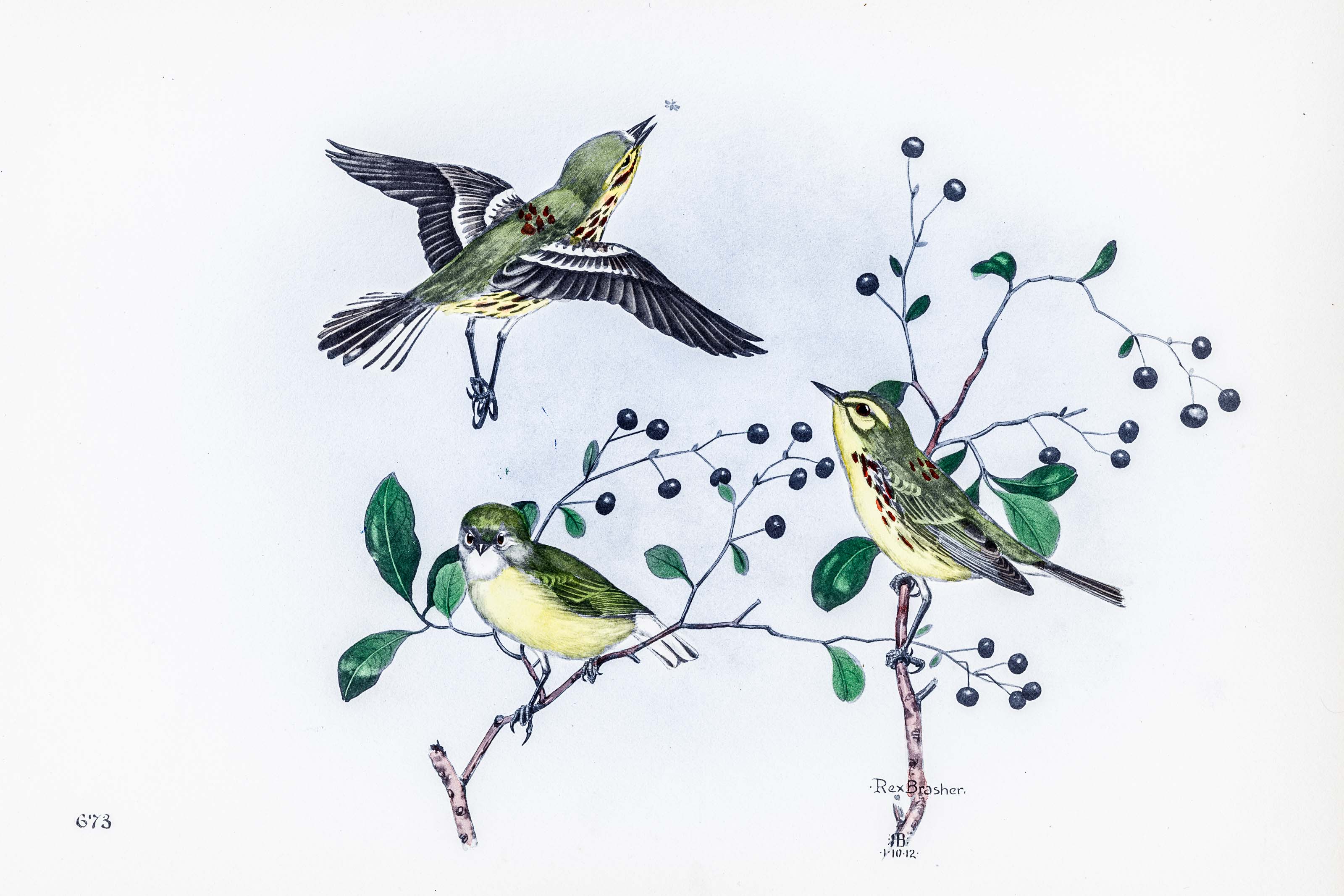
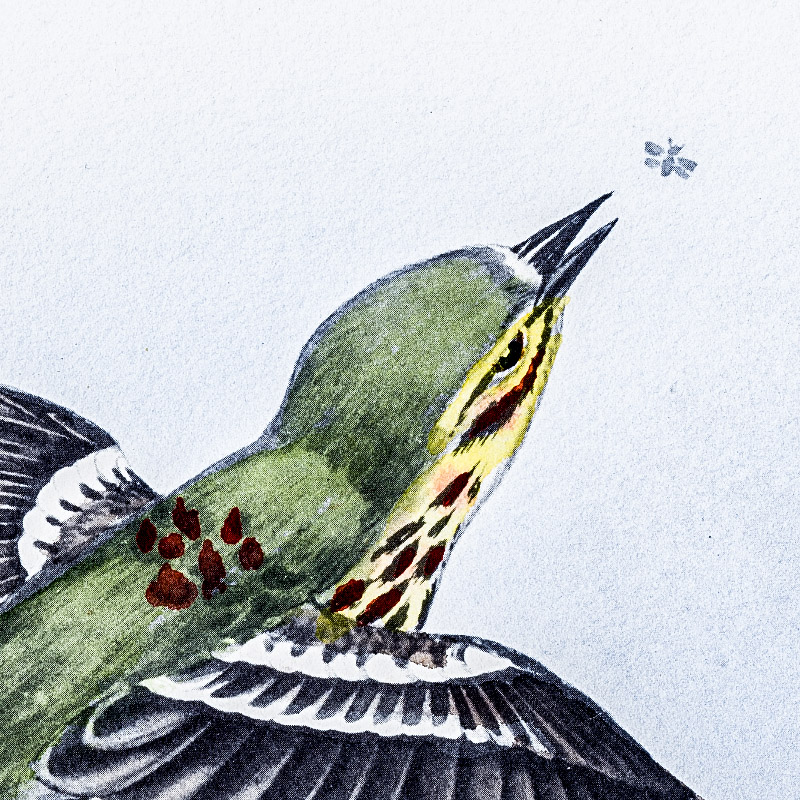
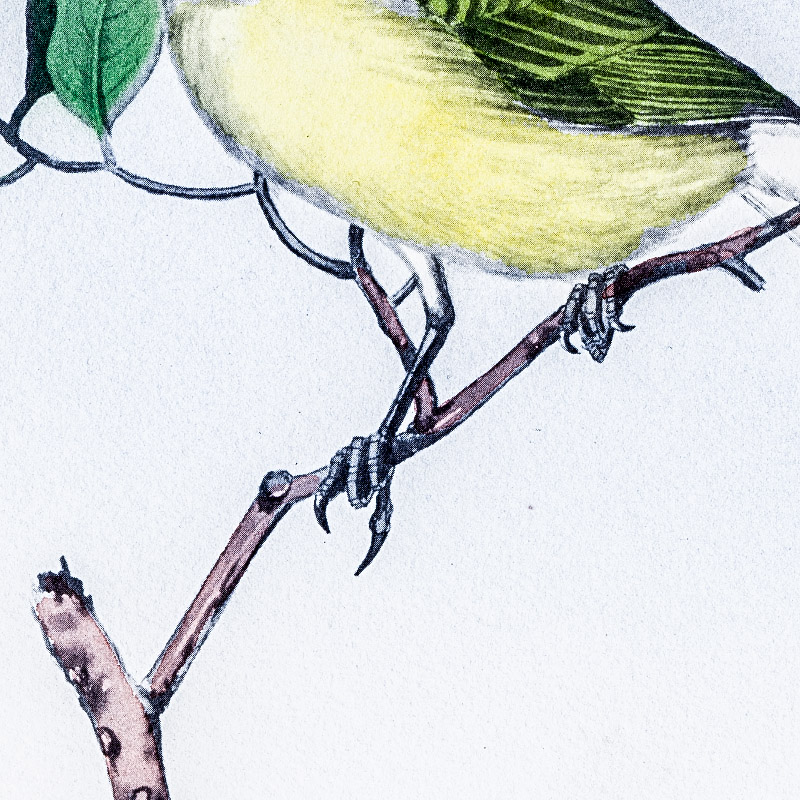
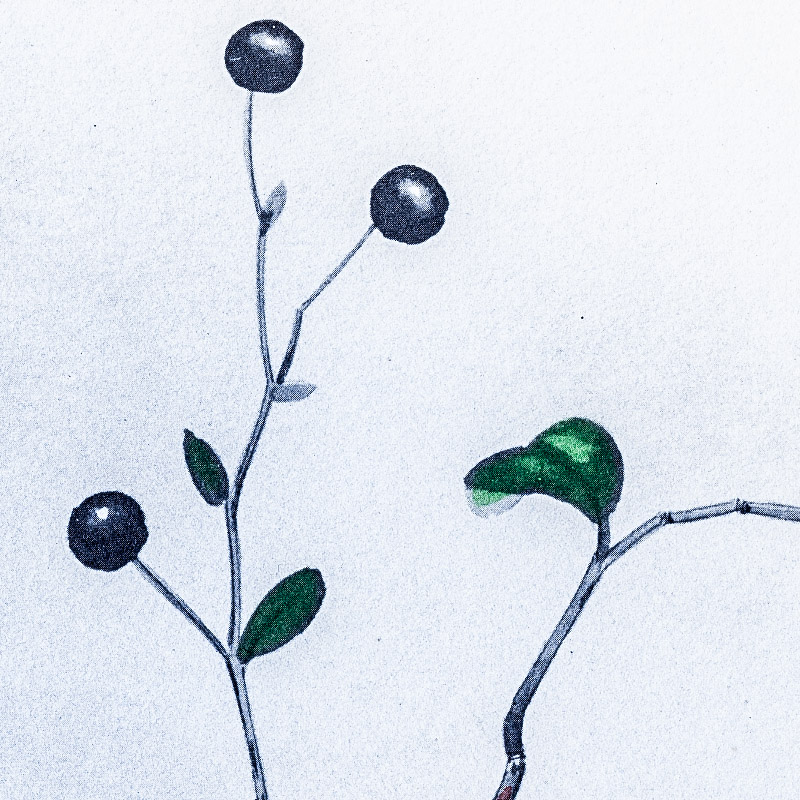
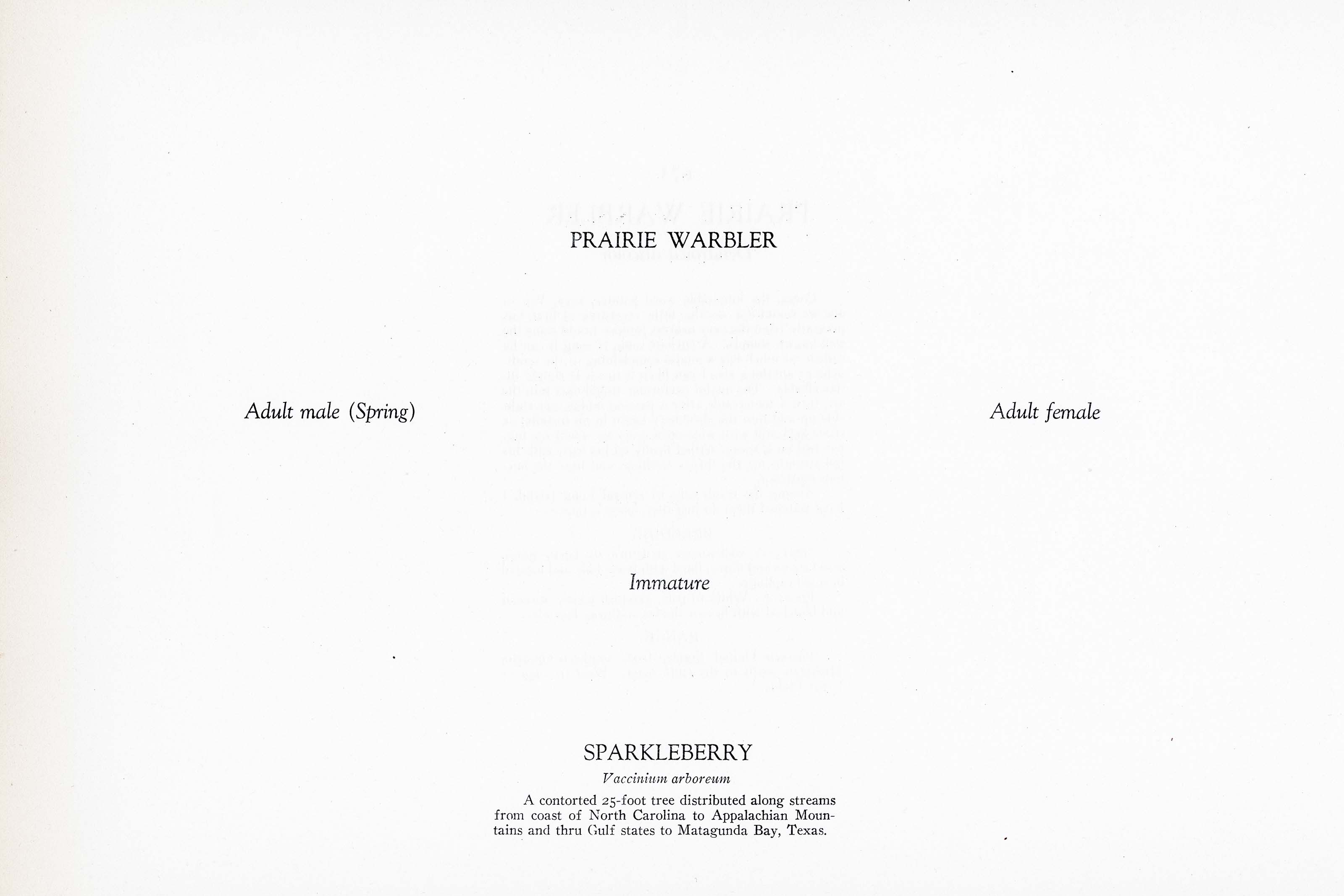
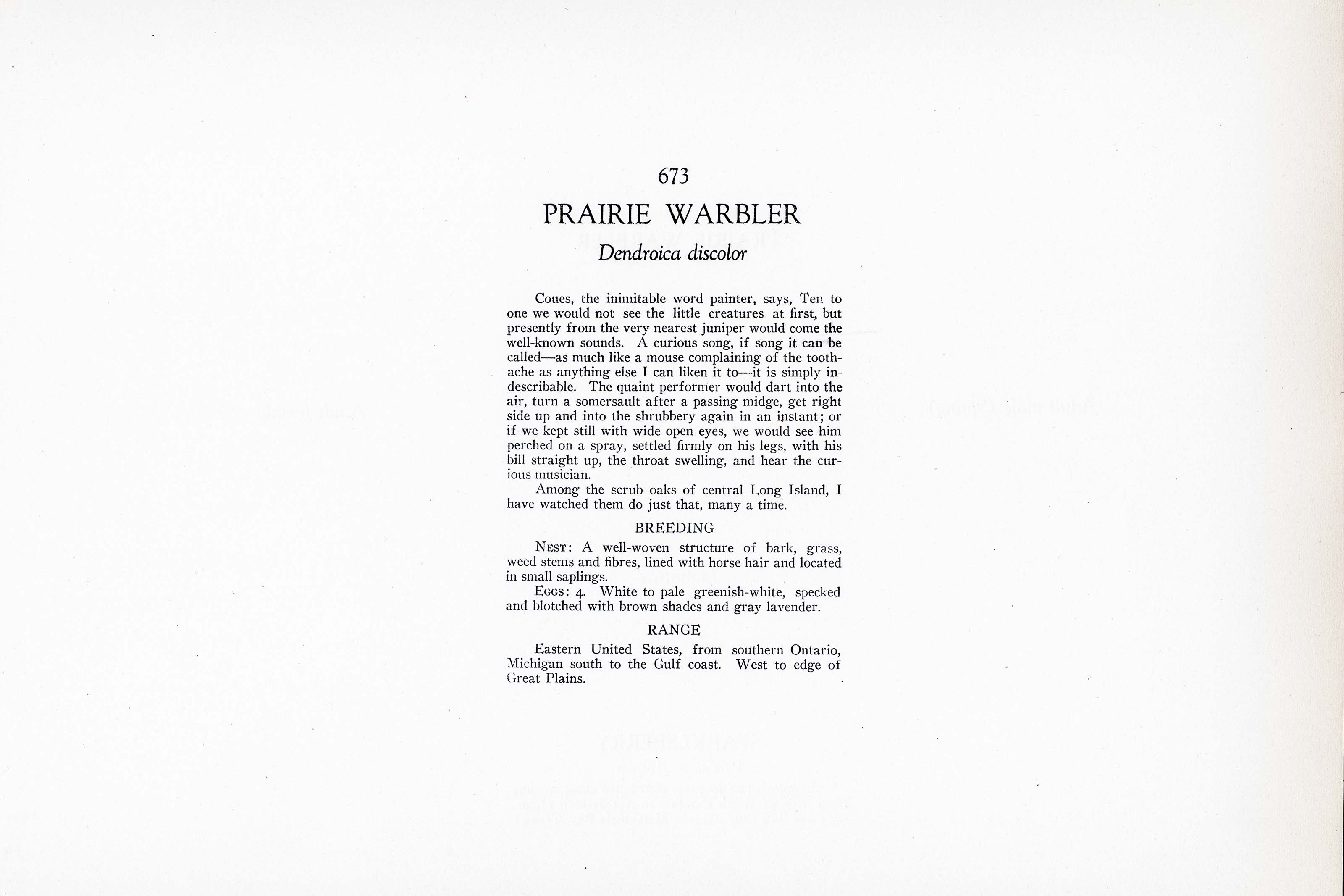

1912
1930
11
673
A team of dedicated board members, volunteers, and student interns has published every page in Volume 9. This volume includes 360 images of paintings and lyrical descriptions of birds, now available online for everyone to enjoy anywhere in the world. This is a monumental task. Each volume requires approximately 400 hours to photograph, edit, transcribe, catalog, and publish online. We need your support to complete this work.
If you're tech-savvy, have a good eye, are meticulous with details, and love structured data, please consider volunteering by emailing us at hello@rexbrasher.org.
We encourage all bird lovers and supporters to consider a monetary donation to support our mission to make Rex's work available for everyone. You can provide a one-time or recurring donation online.
Coues, the inimitable word painter, says, Ten to one we would not see the little creatures at first, but presently from the very nearest juniper would come the well-known sounds. A curious song, if song it can be called — as much like a mouse complaining of the toothache as anything else I can liken it to — it is simply indescribable. The quaint performer would dart into the air, turn a somersault after a passing midge, get right side up and into the shrubbery again in an instant; or if we kept still with wide open eyes, we would see him perched on a spray, settled firmly on his legs, with his bill straight up, the throat swelling, and hear the curious musician.
Among the scrub oaks of central Long Island, I have watched them do just that, many a time.
NEST: A well-woven structure of bark, grass, weed stems and fibres, lined with horse hair and located in small saplings.
EGGS: 4. White to pale greenish-white, specked and blotched with brown shades and gray lavender.
Eastern United States, from southern Ontario, Michigan south to the Gulf coast. West to edge of Great Plains.
A short crooked-trunk tree, 25 feet high, distributed in moist soil from North Carolina to Florida and thru the Gulf States to Matagorda Bay, Texas.